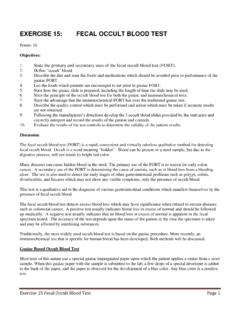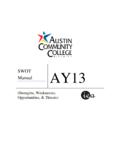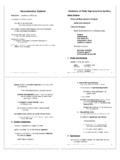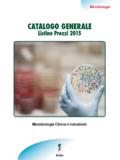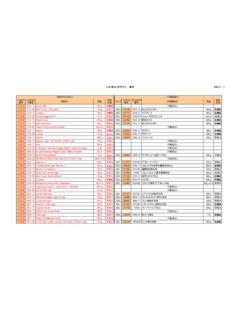Transcription of Bile Esculin Test Handout 2008 - Austin Community …
1 bile Esculin Test PURPOSE To isolate and identify bacteria able to hydrolyze Esculin in the presence of bile . Commonly used for presumptive identification of group D streptococci and enterococci, all of which are positive. Group D streptococci and enterococci include opportunistic pathogens such as Enterococcus faecalis, Enterococcus faecium, and Streptococcus bovis. PRINCIPLE bile Esculin medium contains Esculin and peptone for nutrition and bile to inhibit Gram-positive bacteria other than Group D streptococci and enterococci. bile Esculin azide agar uses sodium azide to inhibit Gram-negative bacteria, but we don't include the sodium azide due to safety concerns. Since you'll be using isolated Gram positive cultures, it's unnecessary. Ferric citrate is added as a color indicator. Esculin is a glycoside (a sugar molecule bonded by an acetyl linkage to an alcohol) composed of glucose and esculetin.
2 These linkages are easily hydrolyzed under acidic conditions. Many bacteria can hydrolyze Esculin , but few can do so in the presence of bile . Organisms that split the Esculin molecules and use the liberated glucose to supply energy needs release esculetin into the medium. The free esculetin reacts with ferric citrate in the medium to form a phenolic iron complex, which turns the agar slant dark brown to black. An agar slant that is more than half darkened after no more than 48 hours' incubation is bile - Esculin positive. If less than half the slant has darkened, the result is negative. Figure 1. Chemical Reaction of the bile Esculin Test Glycolysis Acid Esculin -D-Glucose + Esculetin Esculetin + Fe+3 Dark Brown Color


